The Bauhaus: The design utopia we’re still living in
Subscribe to the Quartz Obsession newsletter for this daily digression into the most fascinating corners of the global economy.


Subscribe to the Quartz Obsession newsletter for this daily digression into the most fascinating corners of the global economy.
It’s been 100 years since architect Walter Gropius transformed a cloistered German art school into arguably the most influential modern design academy in history. Built on utopian principles, the Bauhaus sounded like a creative wunderland: Printing! Carpentry! Dance! Ceramics! Painting! Have we mentioned dance?

The Bauhaus bubble lasted for only 14 years, but its influence reverberates in just about every aspect of modern life today. For better or worse, its DNA is manifest in minimalist home furniture, the shape of tech products, whimsical Halloween costumes, and boxy architecture all over the world.
A century after its founding, you might ask, why do we still bow to the Bauhaus?
Bauhaus basics
The Bauhaus—literally “school of building”—was a German avant-garde arts and crafts academy. Inaugurated six months after the end of World War I, the school encouraged artists and designers to use their talents to help rebuild the broken society.
With Germany in total ruins, many thought it was time to start from scratch. The Bauhaus grammar—a triangle, a square, and a circle—evoked this back-to-the-basics mentality. They challenged everything, including the usual method of schooling. Gropius borrowed the idea of gesamtkunstwerk, or “synthesis of the arts,” from composer Richard Wagner, envisioning a school that would “unite every discipline, architecture and sculpture and painting.” (Architects today love dropping the term.)
Gropius instructed students to leave behind “sentimental, aesthetically decorative conceptions… drawn mostly from past cultures.” Shedding decorative cruft built up over generations meant studying the “nature” of objects and designing from that. You can easily draw a line from the Bauhaus to the iPod—Steve Jobs said as much in 1983 when he addressed the International Design Conference at the Aspen Design Institute, which is part of the Bauhaus diaspora.
The Nazis thought the school’s rejection of traditional aesthetics was a rejection of Germanic pride. They chased down the Bauhaus from Weimar, to Dessau, then finally to Berlin, where it was forced to shut down in 1933—and in doing so, spread its influence throughout the world.
How did Bauhaus become a super-brand?
Designing products for mass production had been core to the Bauhaus’s founding principles. With the slogan “Art into Industry,” workshops produced handsome steel-frame chairs, charming kitchenware, and textiles. This made the Bauhaus design philosophy portable. After the Nazi crackdown, outposts popped up in the UK, Switzerland, Israel, Mexico, Chile, Colombia, the US, and elsewhere around the world.
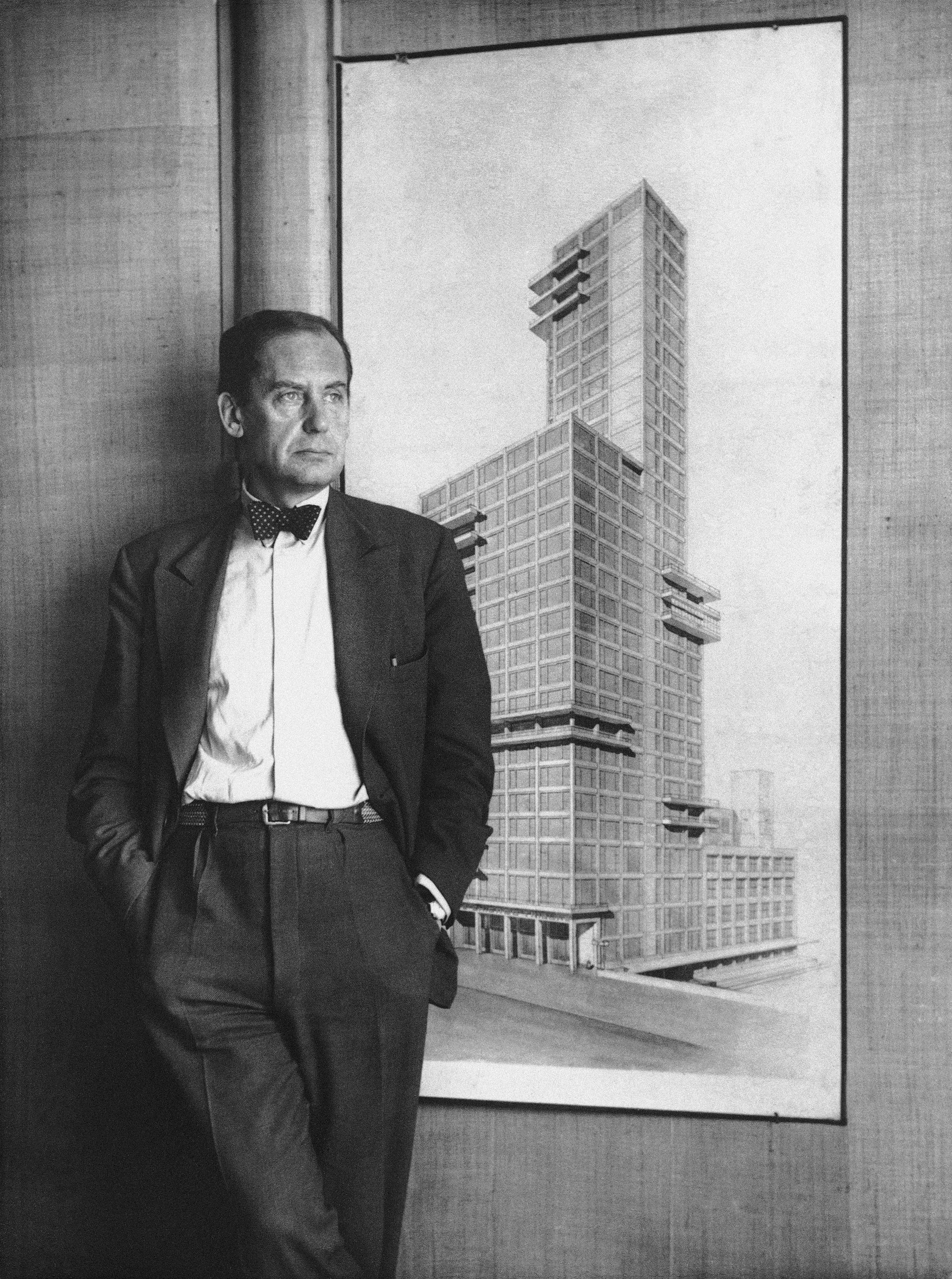
Founder Walter Gropius ended up at Harvard University where, with help from a Museum of Modern Art exhibition, he elevated the Bauhaus to mythic status. Director Ludwig Mies van der Rohe was lured to the Illinois Institute of Technology in Chicago; his plan for the campus is a modernist icon. Bauhaus-trained artist László Moholy-Nagy set up the School of Design in Chicago, which was absorbed into IIT. (It’s probably not coincidental that a major popularizer of modernist design was fellow Chicagoan Hugh Hefner.)
Bauhaus design also fit the post-World War II era, when swords were beaten into cars, refrigerators, TVs, houses, and other chrome and steel delights. The war revolutionized assembly-line manufacturing, and when it was over, the Bauhaus style was there waiting to turn this new industrial revolution into an artistic impulse for a middle class that was about to explode. “It’s only half joking to say that IKEA is the realisation of the Bauhaus dream,” artist Michael-Craig Martin told The Guardian. And as its ideas spread, corporations found that the clean break the Bauhaus made with tradition also meant that it crossed borders, an appeal in an increasingly international economy, and a major reason why it speaks to so many people today.
Watch and learn
Quartz’s Michael Tabb followed the Bauhaus breadcrumbs—from Dessau to Harvard University—and exhumes the school’s true legacy. Watch his fascinating primer through the lens of fonts.
Key dates
1918: World War I ends with the Treaty of Versailles.
Bauhaus school spirit
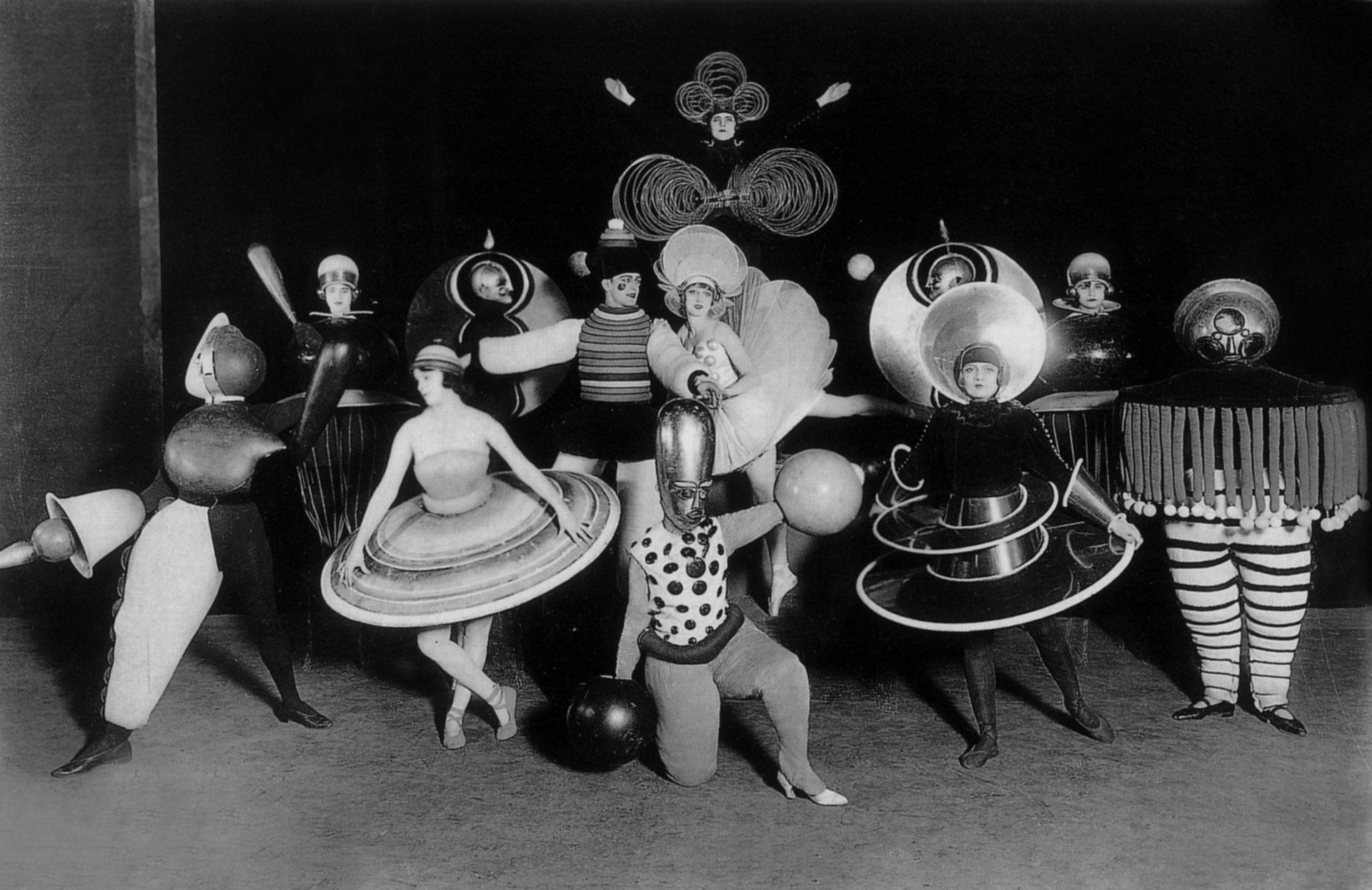
Costume parties were taken very seriously at the Bauhaus. During frigid German winters when dancing was considered a “health requirement,” students and teachers tried to outdo one another with their outfits. Painter Oskar Schlemmer, head of the school’s theater workshop, became patron saint of these bacchanals. His design for the Triadic Ballet—or “ballet of geometry” has been the inspiration for Ziggy Stardust’s jumpsuit , Nicki Minaj’s “Barbie Tingz” and many, many
By the numbers
24,000 Size of the Bauhaus’s Weimar vegetable garden in sq. meters.

4,000+ Number of buildings built in the Bauhaus style in Tel Aviv’s White City.
How to spot authentic Bauhaus furniture

Knockoffs of Bauhaus furniture abound. The Bauhaus Archive in Berlin is the only body that can authorize editions of the original Bauhaus furniture. Certified pieces, like those by the German manufacturer TECTA, are stamped with a signet designed by the school’s Master of Form Oskar Schlemmer.
Pop quiz
Which top menswear designer cites the Bauhaus as a big influence?
a. Virgil Abloh
Persons of interest: The Bigwigs of Bauhaus
The Bauhaus produced many superstars—including trailblazing female artists and designers. Here’s a shortlist to get you started.
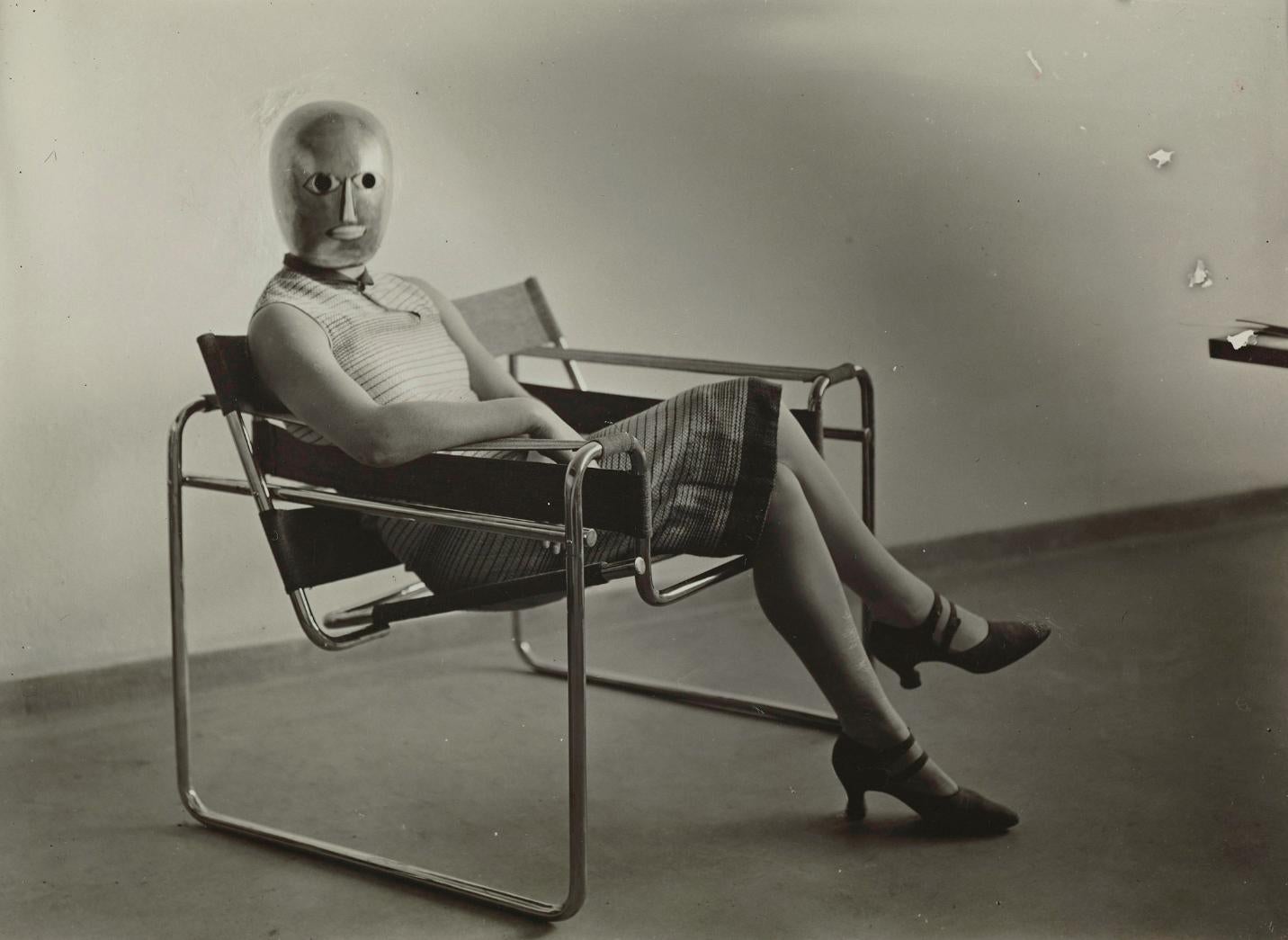
Walter Gropius
Ludwig Mies van der Rohe
Marianne Brandt
Anni Albers
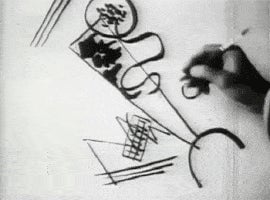
Wassily Kandinsky
Tel Aviv, Bauhaus hotspot
“There are so many Bauhaus buildings, you might not notice them,” wrote illustrator Maira Kalman, who spent her childhood in Tel Aviv. In the 1930s, German-Jewish architects fled to Israel’s Mediterranean coast and created “White City,” where the largest concentration of Bauhaus buildings can be found.

Bauhausers resisted being identified by a single style—after all, the style is supposed to emerge from purpose. Boiling down architecture to its essence inevitably produced some identifiers of Bauhaus, which are on display in Tel Aviv. You’ll find boxy shapes, unadorned white facades, flat roofs, and the basic shapes of the form: square, circle, triangle. But purpose requires adaptation, and many feature small recessed windows to deflect the Mediterranean heat and glare. Many apartment buildings were erected on raised pillars to allow cool air to course through them.
The Bauhaus backlash
Not everyone was sold on the Bauhaus. Critics decry its characteristic plain surfaces, mechanical rules, and sterile forms. Among the Bauhaus’s most colorful critics is Tom Wolfe, who in 1981 penned a 143-page rant titled From Bauhaus to Our House. “Every new $900,000 summer house in the north woods of Michigan or on the shore of Long Island has so many pipe railings, ramps, hob-tread metal spiral stairways, sheets of industrial plate glass, banks of tungsten-halogen lamps, and white cylindrical shapes, it looks like an insecticide refinery,” Wolfe wrote.
Look at this: Bauhaus road show
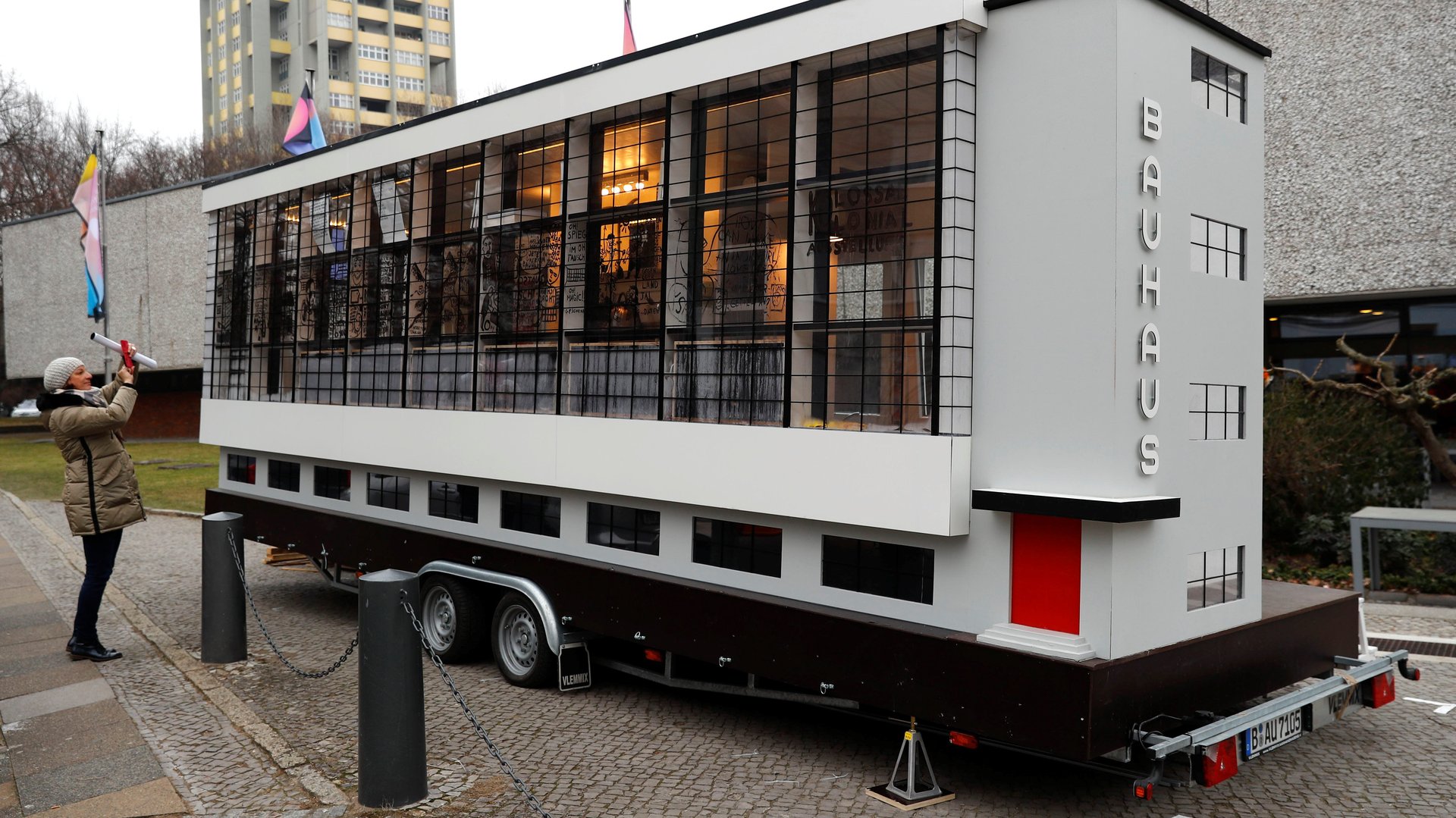
There is a 15-square-meter (161 square-foot) replica of the Bauhaus Dessau building somewhere in the world today. Apart from being a cute, traveling billboard for the Bauhaus centennial, the “Wohnmaschine” also serves as a gathering place for questioning what modernity really means.
DIY: How to Bauhaus

Art History Teaching Resources has a list of Bauhaus exercises for your own classroom (or house party, if that’s your thing).
Pop quiz answer. a. Virgil Abloh, recently named creative director of menswear for Louis Vuitton, studied a Mies van der Rohe-derived curriculum at the Mies-designed Illinois Institute of Technology.